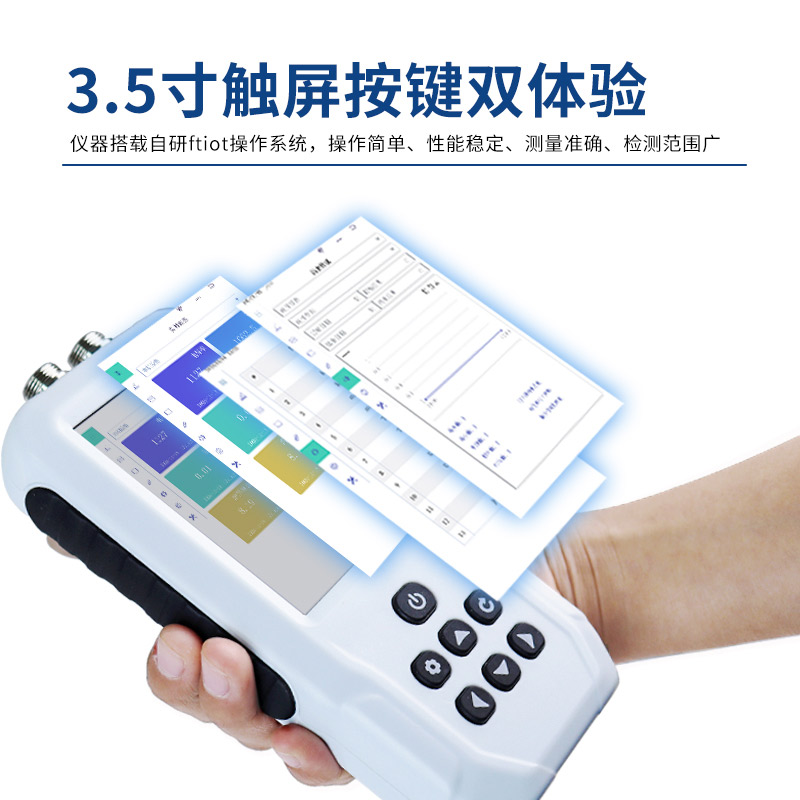Tianqiong Sensor IOT Technology Co., Ltd
Sales Manager:Ms. Emily Wang
Cel,Whatsapp,Wechat:+86 15898932201
Email:info@fengtutec.com
Add:No. 155 Optoelectronic Industry Accelerator, Gaoxin District, Weifang, Shandong, China

Sales Manager:Ms. Emily Wang
Cel,Whatsapp,Wechat:+86 15898932201
Email:info@fengtutec.com
Add:No. 155 Optoelectronic Industry Accelerator, Gaoxin District, Weifang, Shandong, China
time:2025-03-11 09:54:26 source:Weather Station viewed:2 time
Water is the lifeblood of plant growth, permeating throughout their entire life cycle. Plants mainly rely on their roots to absorb water, and this water participates in numerous physiological activities within the plant.
Photosynthesis is the core process of plant growth. Water and carbon dioxide undergo a chemical reaction under the action of light to produce carbohydrates and oxygen, providing plants with an energy and material basis. Additionally, transpiration, as an important mechanism for plant water regulation, allows water to be lost in gaseous form through the stomata on the leaves. This process not only promotes the absorption of carbon dioxide but also transports nutrients to various parts of the plant. Moreover, the evaporation of water dissipates heat, cooling the plant, similar to human sweating for heat dissipation. Furthermore, water is crucial for maintaining the structure of plants. Water accounts for up to 90% of plant cells, much higher than the 60% in humans. This water keeps the cells firm and gives plants a stable shape. Once there is a lack of water, the cells lose support, and the plant will wither and eventually die.
The roots absorb water from the soil in which the plant grows, and the balance of soil moisture is extremely important for plant growth. If there is too little soil moisture, the roots cannot obtain enough water to meet the growth needs. However, if there is too much water, the roots will be in an oxygen - deficient state, affecting their normal functions. Eventually, the roots will die, and the plant will have difficulty surviving due to lack of nutrients.
To help farmers achieve optimal plant growth, precise control of soil moisture is of great significance. The Soil Temperature and Moisture Meter has been designed. It uses sensors to measure soil moisture, helping farmers scientifically judge the timing of irrigation and avoid over - or under - watering.
There are various methods for measuring soil moisture. Common ones include resistive and capacitive sensors. Resistive sensors send and receive an electric current through two probes inserted into the soil to measure the soil resistance. Since water is a good conductor of electricity, the higher the soil water content, the lower the resistance and the smaller the decrease in current, from which the soil moisture can be deduced. Capacitive sensors measure the amount of electric charge or capacitance stored between the positive and negative plates. The capacitance of the soil changes with humidity. The greater the humidity, the more obvious the capacitance change, which is then converted into a voltage signal for IoT devices to read. The wetter the soil, the lower the generated voltage. These sensors, combined with the Soil Temperature and Moisture Meter, provide strong support for accurately monitoring soil moisture, helping farmers optimize irrigation management and improve plant growth efficiency.

Under harsh low - temperature and freezing conditions, anemometers and wind vanes are highly prone to malfunction. As a result, the errors in the collected data increase significantly. Although these devices are equipped with heating units, the units only function on the rotating parts. Once severel...
The weather stations used in the agricultural field are called Agricultural Weather Stations. In order to better serve agricultural production, in addition to the conventional meteorological elements, Agricultural Weather Stations will also focus on increasing the monitoring of soil-related elements...
In the field of meteorological monitoring, refined monitoring has become a trend. As an important part of refined monitoring, micro-meteorological monitoring is dedicated to obtaining more accurate and detailed meteorological information. It focuses on the changes of meteorological elements within a...
I. Core Hardware Configuration(I) Meteorological SensorsBasic Elements: Wind speed, wind direction, air temperature, humidity, atmospheric pressure, rainfall, and light intensity sensors should be equipped as basic standards. The accuracy of each sensor should meet national meteorological instrument...